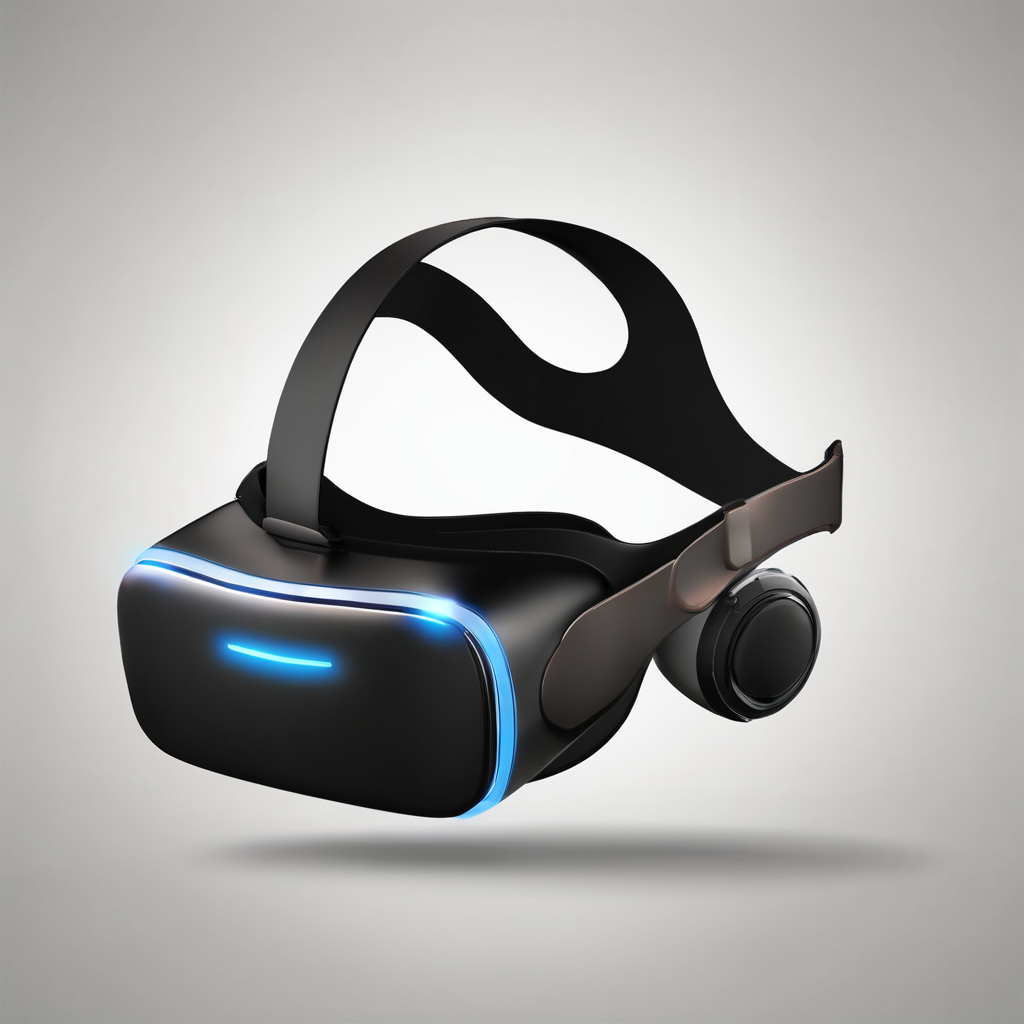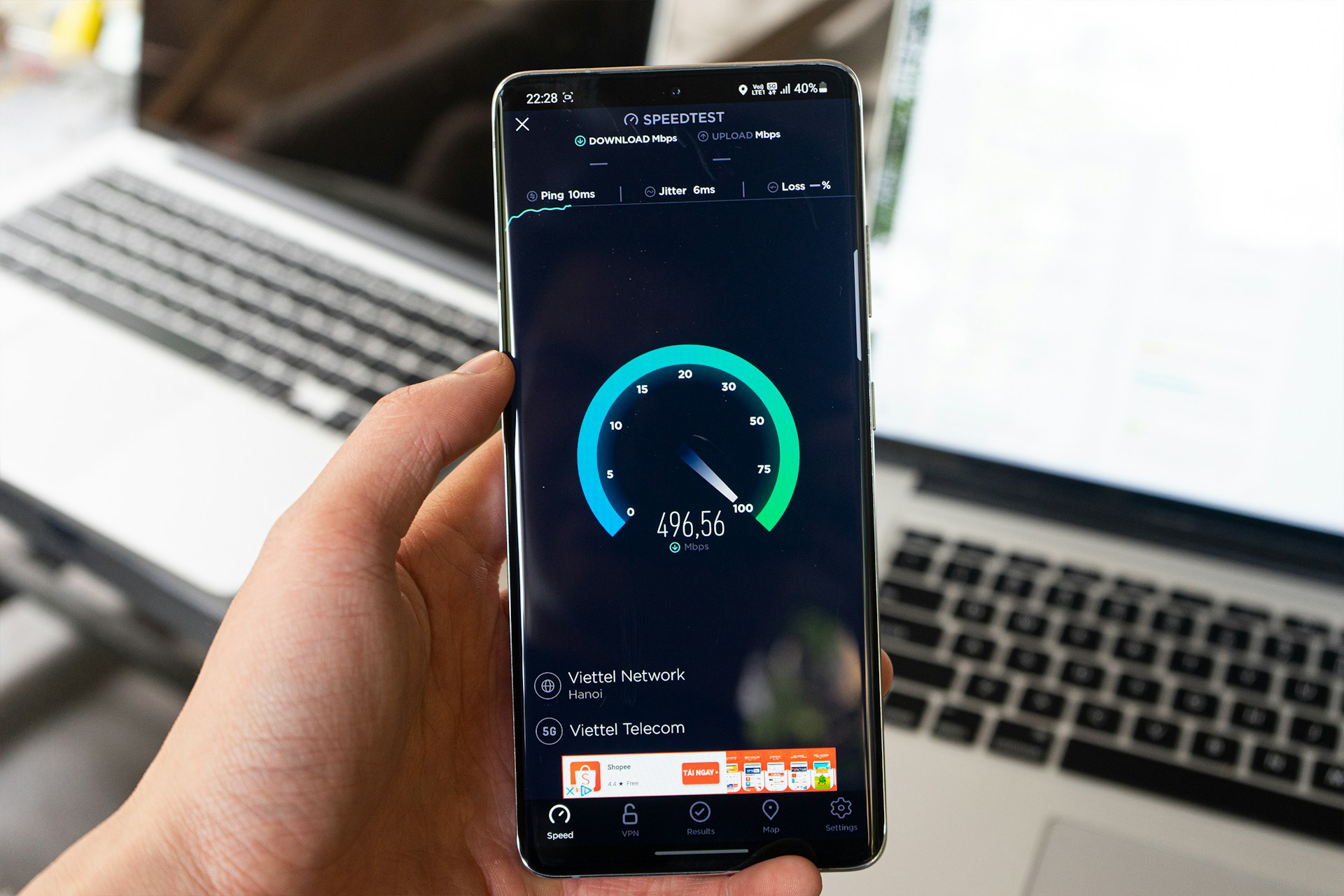The hustle and bustle of city life often come with one common inconvenience: traffic congestion. As our urban landscapes grow more complex, managing traffic flow becomes crucial. While the Internet of Things (IoT) and other smart systems are making strides in this area, your smartphone can also play a pivotal role in navigating urban jungles. This article aims to guide you on using your smartphone to monitor real-time traffic flow in cities, leveraging modern technology to make your daily commute smoother.
The Power of Real-Time Traffic Data
To fully grasp how your smartphone can monitor real-time traffic flow, we must first understand the significance of real-time traffic data. This data is collected from numerous sources such as road sensors, GPS devices, and even other smartphones. It is then processed and presented in a format that helps you make informed decisions about your commute.
Also read : What Are the Steps to Create Augmented Reality Experiences Using Your Smartphone?
With the advent of smart systems, cities are increasingly relying on this data to manage congestion and improve traffic flow. These systems gather information on everything from road conditions to vehicle speeds, making it easier to navigate the complexities of urban transportation. Your smartphone acts as a conduit for this valuable data, offering you real-time insights that can save you both time and frustration.
Why Real-Time Data Matters
The primary advantage of real-time data is its ability to provide up-to-the-minute information. Traffic conditions can change rapidly due to accidents, construction, or sudden weather changes. Having access to real-time updates allows you to adjust your route accordingly, avoiding potential delays.
Also to discover : What Are the Steps to Set Up a Smart Aquarium System via Your Smartphone?
Another benefit is the capacity for predictive analysis. Advanced algorithms can analyze historical and current data to predict future traffic patterns. This enables you to plan your journey more efficiently, potentially avoiding peak congestion times altogether.
How Your Smartphone Utilizes Real-Time Data
Your smartphone leverages real-time data through various apps and built-in features. For instance, Google Maps uses a combination of user-reported data, GPS information, and historical trends to provide real-time traffic updates. By simply opening the app, you can see which roads are congested and find alternative routes.
Other applications, like Waze, rely heavily on community-driven data. Users report accidents, police sightings, and road hazards, contributing to a dynamic and continuously updated map. These real-time updates are invaluable for anyone looking to avoid delays and reach their destination as quickly as possible.
Leveraging Apps for Traffic Management
Smartphones have revolutionized the way we navigate cities, primarily through a multitude of apps designed to manage traffic flow. These applications not only provide real-time updates but also offer a host of other features that can make your commute more efficient.
Google Maps: The Go-To App
When it comes to traffic management, Google Maps is often the first choice for many users. Its user-friendly interface and robust features make it an invaluable tool for navigating city traffic.
With real-time updates, you can see which roads are congested and receive suggestions for alternative routes. Google Maps also provides estimated travel times, taking current traffic conditions into account. This information helps you plan your journey more effectively, potentially saving you significant amounts of time.
Additionally, Google Maps offers features like turn-by-turn navigation, voice-guided directions, and even public transportation options. These functionalities collectively make it a comprehensive solution for urban navigation.
Waze: Community-Driven Insights
Another popular app for traffic management is Waze. Unlike Google Maps, Waze relies heavily on user-generated data. Users can report various road conditions, such as accidents, traffic jams, and police sightings, which are then shared with the wider community.
This community-driven approach allows Waze to provide highly accurate and up-to-date traffic information. The app also offers real-time alerts, notifying you of potential delays or hazards on your route. This makes Waze an excellent choice for those who prefer a more interactive and collaborative approach to traffic management.
Other Noteworthy Apps
While Google Maps and Waze are the most popular, several other apps offer unique features for traffic management. For instance, INRIX Traffic provides predictive analysis based on historical data, helping you avoid future congestion. Similarly, the TomTom Traffic app offers real-time updates and route optimization features designed to make your commute as efficient as possible.
By leveraging these apps, you can transform your smartphone into a powerful tool for monitoring real-time traffic flow, helping you navigate the complexities of urban life with ease.
The Role of IoT in Traffic Management
The Internet of Things (IoT) has transformed many aspects of our daily lives, and traffic management is no exception. IoT systems collect and analyze vast amounts of data from various sources, providing a holistic view of traffic conditions in real-time.
How IoT Enhances Traffic Flow
IoT systems use sensors placed on roads, traffic lights, and even within vehicles to gather data on traffic conditions. This data is then transmitted to central servers, where it is analyzed to provide actionable insights.
For instance, IoT-enabled traffic lights can adjust their timings based on real-time traffic conditions, optimizing the flow of vehicles through busy intersections. Similarly, smart parking systems can direct drivers to available parking spots, reducing the time spent searching for parking and thus alleviating congestion.
Integration with Your Smartphone
Your smartphone can interact with these IoT systems in several ways. Many traffic management apps are designed to integrate with IoT systems, providing you with real-time updates directly from the source. This integration allows for more accurate and timely information, helping you make better decisions about your commute.
For example, some cities have implemented smart traffic lights that communicate with your smartphone via dedicated apps. These apps provide real-time updates on traffic light timings, helping you anticipate changes and adjust your speed accordingly. This not only improves traffic flow but also enhances road safety.
Future Prospects
The future of IoT in traffic management looks promising. As technology continues to evolve, we can expect even more sophisticated systems that offer greater levels of automation and efficiency. For instance, autonomous vehicles equipped with IoT technology could communicate with each other and with traffic management systems to optimize traffic flow and reduce congestion.
By staying informed and leveraging these technologies through your smartphone, you can navigate the complexities of urban traffic more effectively, making your daily commute less stressful and more efficient.
The Benefits of Smart Traffic Systems
Smart traffic systems are revolutionizing the way we navigate cities, offering a range of benefits that can significantly improve your daily commute. These systems use advanced technologies to manage traffic flow, reduce congestion, and enhance road safety.
Improved Traffic Flow
One of the primary benefits of smart traffic systems is their ability to improve traffic flow. By using real-time data and advanced algorithms, these systems can optimize traffic light timings, adjust speed limits, and even reroute traffic to less congested roads.
For instance, adaptive traffic signals can adjust their timings based on the current traffic conditions, reducing wait times at intersections and improving the overall flow of vehicles. Similarly, smart highways equipped with dynamic speed limits can adjust the speed limit based on real-time traffic conditions, ensuring a smooth flow of vehicles.
Reduced Congestion
Another significant benefit of smart traffic systems is their ability to reduce congestion. By using real-time data to manage traffic flow, these systems can alleviate bottlenecks and prevent traffic jams.
For example, some cities have implemented congestion pricing, where drivers are charged a fee for entering high-traffic areas during peak times. This encourages drivers to avoid these areas, reducing congestion and improving traffic flow. Similarly, smart parking systems can direct drivers to available parking spots, reducing the time spent searching for parking and thus alleviating congestion.
Enhanced Road Safety
Smart traffic systems also play a crucial role in enhancing road safety. By using real-time data to monitor traffic conditions, these systems can identify potential hazards and alert drivers to take appropriate action.
For instance, some smart traffic systems use cameras and sensors to monitor road conditions and detect potential hazards such as accidents or roadworks. This information is then relayed to drivers via their smartphones, helping them avoid these hazards and drive more safely.
Environmental Benefits
In addition to improving traffic flow and reducing congestion, smart traffic systems also offer significant environmental benefits. By optimizing traffic flow and reducing congestion, these systems can help reduce vehicle emissions and improve air quality.
For example, adaptive traffic signals can reduce the time vehicles spend idling at intersections, reducing fuel consumption and emissions. Similarly, smart parking systems can reduce the time spent searching for parking, further reducing emissions.
By leveraging smart traffic systems, you can enjoy a range of benefits that make your daily commute more efficient, less stressful, and more environmentally friendly.
In today’s fast-paced urban environments, effective traffic management is crucial for maintaining a smooth flow of vehicles and reducing congestion. Your smartphone, equipped with modern apps and integrated with IoT systems, can be a powerful tool for monitoring real-time traffic flow in cities. By leveraging real-time data, advanced traffic management apps, and smart traffic systems, you can navigate the complexities of urban life with ease.
From Google Maps and Waze to advanced IoT systems and smart traffic lights, a wealth of technology is at your fingertips. These tools not only provide real-time updates but also offer a range of features designed to make your commute more efficient and less stressful. By staying informed and making use of these technologies, you can transform your daily commute, saving time, reducing stress, and even contributing to a cleaner environment.
So, the next time you find yourself stuck in traffic, remember that your smartphone holds the key to a smoother, more efficient journey. Embrace the power of technology and make your daily commute a breeze.











